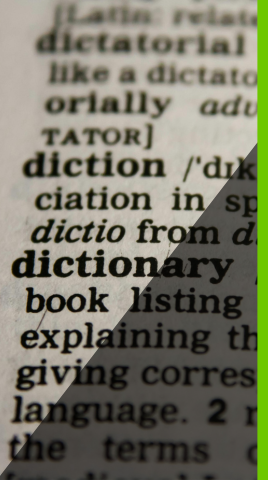
Official languages and variants: Translation choices
- #traduzioni tecniche
- #documentation
In choosing the languages an instruction manual is translated into, you must consider certain legal obligations. If you fail to observe them, this could also have serious consequences.
Many Directives affirm “All machinery must be accompanied by instructions in a language easily understood by the end users.” What does this actually mean? If several languages are spoken in a country, which language do you have to translate into? In cases like this, you must refer to the official languages. For example, instructions for products marketed in Belgium must be translated into all three official languages of the country: Dutch, French and German. Why not into Flemish? Because Flemish is a language variant, i.e. a language which has changed for various reasons. That is, it developed different vocabulary and, at times, lexical, grammatical and spelling structures.
A variant can have minimum differences or enormous differences from a standard language. When should variants be used in translation? For certain markets, translating the variant is crucial (e.g. Brazil or Taiwan) to reach the end users. In other cases, you can translate into the variants even just to increase user satisfaction, or to guarantee greater understanding and safety in describing highly dangerous machinery.

